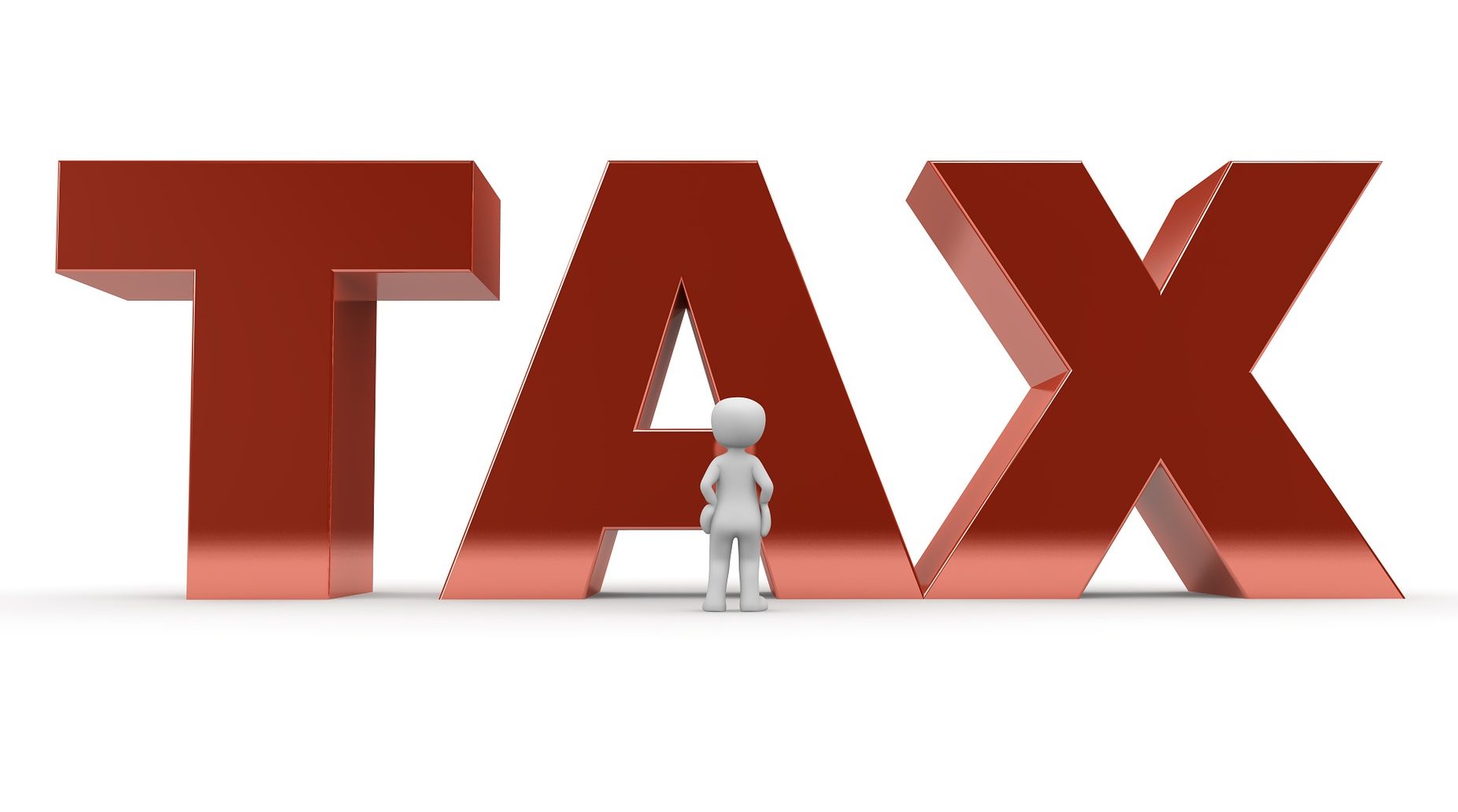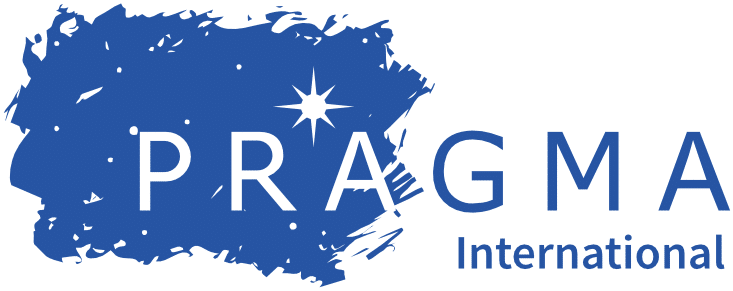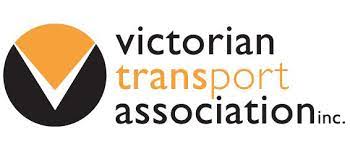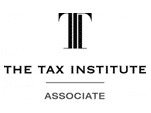In February 2018, the Government released the Exposure Draft of the Treasury Laws Amendment (measures for a later sitting) Bill 2018: with the misleading by-line “…improving the small business CGT concessions”.
The following article demonstrates how in fact the draft, if enacted in its current form covers not only the “loophole” raised in the May 2017 budget (Budget) but it is so broad that it improperly captures many taxpayers who were always intended to benefit from the small business concessions.
Mischief
The announcement was in essence meant to cover a taxpayer who, without a change or “scheme”, was ineligible to use the small business concessions because either their group annual turnover exceeded $2m or their net CGT assets exceeded $6m and took certain action to qualify.
Example 1
Steve Gates, an Australian Tax Resident, owns 35% of the shares in a start-up high-tech company (HTC) with a net worth of $200 million and an annual turnover of $4 billion. If 80% or more of the value of HTC’s assets are deployed in its business, Steve’s shares are “active CGT assets”. However, as his shares are worth $70 million (disregarding a minority valuation discount) he is well in excess of the $6million net CGT assets value cap and is clearly ineligible to use the small business concessions, if he chose to sell those shares.
Steve seeks tax advice. He is advised that if he purchased and conducted a small business as owner with an annual turnover of under $2million prior to or in the same financial year in which he proposes to sell his shares, he would qualify as a CGT small business entity (subject of course to Part IVA). Accordingly, with that change, upon Steve selling his shares in HTC, under the small business concessions the capital gain made is entirely exempt.
Steve chooses to buy a small local newsagency (its nature is irrelevant) with an annual turnover of $500,000 (well under the $2 million cap) and conducts it as owner under an employee manager. Steve sells his HTC shares thereafter.
Clearly, the exempt capital gain available to Steve prior to 1 July 2017 (being the retrospective start date of the draft) is clearly egregious and needs correction. However, the following examples indicate that the draft goes too far. There are many other anomalies as well but I will not burden this article by going through them.
Example 2
Barnaby Hoist is a wheat farmer and a proud descendant of a multi-generational farming family.
Barnaby is 65 years old and over 15 years ago, inherited all his late parents’ shares in Wheat Co Pty Ltd (WC). WC owns 300 acres of farm land which is leased to Barnaby to enable him to conduct his farming (wheat growing) business which because of tough climate and market conditions has more recently proven to be unprofitable. Accordingly, Barnaby is keen to retire and sell up.
Fortunately, the land is situated on the outskirts of a growing regional town and is now worth $6.5 million and WC has no debt or material liabilities.
The farming business has an annual turnover well under the $2million cap so Barnaby qualifies as a small CGT entity (prior to 1 July 2017) even though he would not satisfy the alternate test as his net CGT assets are worth more than $6 million.
If Barnaby sold his shares in WC for $6.5 million prior to 1 July 2017. His gain would be entirely exempt under the small business concessions. The draft legislation in new clause 152-10(2) now requires WC, as the “object entity” to carry on a business just before the CGT event (i.e. the date of sale of Barnaby’s WC shares).
WC however is a passive landlord merely leasing the farmland to Barnaby. Despite the recent unrelated controversy concerning what constitutes a company “carrying on a business” (see the Treasury Laws Amendment (Enterprise Tax Plan Base Rate Entities) Bill 2017 and the debate pertaining to when a “bucket company” is entitled to the lower company tax rate of 27.5%), it is highly unlikely WC would satisfy this new condition. Post 1 July 2017, Barnaby cannot use the small business concessions under the draft.
Example 3
The facts are the same as example 2. However, WC owns 20% of the shares in a regional wheat co-operative (RWC) into which Barnaby and other farmers have traditionally sold their wheat for decades.
If RWC’s turnover exceeded $2million, would see WC fail to qualify as a CGT small business entity due to the new clause 152-10(2) even if, contrary to my view above, its landlord role constituted “carrying on a business”. It broadens the net to include companies (RWC) in which the object entity (i.e. WC) has only 20% of the shares and not the standard 40% prior to 1 July 2017 (see new clause 52-10(2)(d)(iv)). The 40% “connection” threshold has been a pivotal feature of small business concessions for some 20 years.
Example 4
Perversely, if instead of inheriting his late father’s shares in WC, his late-father had directly owned the same farmland, Barnaby would have inherited the land directly and no object entity analysis under the draft legislation would be required. If so, Barnaby would be entitled to the small business concessions despite the foreshadowed changes.
Barnaby would also have inherited 20% of the shares in RWC.
Prior to 1 July 2017, the turnover and financial metrics of RWC would not disqualify Barnaby from the same being fully entitled to small business concessions on selling the land and his shares in RWC, to exempt the substantial capital gain.
Conclusion
The above examples represent a small sample of the overreach occasioned by the drafts’ ill conceived breadth. It adds many complex assumptions and interpretations to the already overcomplicated legislation of the small business concessions, essentially designed to encourage small business.
Sadly, many taxpayers will unnecessarily and improperly be caught by its unexpected and retrospective application to 1 July 2017. Furthermore, its inherent complexity will further compound the prior conceptual difficulties, delays and additional cost for both the small business taxpayer and the ATO in using, analysing and interpreting the small business concessions.
Solution
One relatively simple course is to use the “reasonable person test” in section 109 T(1)(b) of Division 7A which has been in place for over 2 decades.
Paraphrasing that sub-section it could be reworked as follows:
“if a reasonable person would conclude (having regard to all the circumstance) that the (Vendor) taxpayer acquired or commenced a business, acquired or disposed of financial instruments, trading stock or other assets as part of an arrangement solely or mainly to enable the taxpayer to qualify as a CGT small business entity or to satisfy the small business concessions qualifying conditions” eligibility for the small business concessions would be denied.
Secondly, the change should be prospective and not retrospective to 1 July 2017.
The above fully deals with the mischief demonstrated in example 1 and possible variants without the unnecessary proscriptive complexity of the current draft legislation and all its inherent vagaries.
This article was published in CCH Tax Week (2 March 2018).








